Well, it has been quite the trial getting from Norman Wells to Inuvik where I am currently updating from. As I wrote of on my last update we were caught in a huge rainstorm which I was worried would sweep the tipi and gear away into the river. We spent the next day drying all our equipment and having a rest day as it was around the time of Vicki’s birthday. When we set off from the town we only made it around 10km before strong headwinds and high waves forced us ashore and off the water for 2 further days, it was most frustrating and by the end we were itching to be on the water and paddling again.
We headed to Fort Good Hope after this and had a lot of rain on the way. The weather is colder and we now regularly begin our morning paddling in a few extra layers to keep us warmer. The Mackenzie River appears to have changed a great deal since Norman Wells and we passed through 2 areas of special note: the Sans Sault Rapids and The Ramparts, both very impressive. The Sans Sault Rapids is a very large rapid spanning almost the width of the river at a tight turn, raging ferociously on the right where the turn is sharpest, and less so on the left on the outside corner where there are shallows. At the time we passed through there was a large wildfire on the left shore and we had lunch on a beach with flames burning the trees within 50ft of us and smoke billowing across the river, obscuring the view of the rapids. We found it no problem, hugging the shallows tightly and paddling through. There have been quite a number of deaths in the rapids, usually from those not knowing their location or being caught on the wrong side of the river as it is wide and the current powerful it would be hard to paddle across in time. There is a small monument on the left shore we saw (because of the wildfire could not go to), and just learnt that it was erected by the parents of a man who died paddling through because he did not know to be on the left. It is designed to attract attention and draw people across to the left side. A very clever idea.
The next point of interest was The Rampart, around a 1hr paddle before Fort Good Hope. The Ramparts is where the river turns a large, gradual bend and meets a truly spectacular wall of rock, too strong for it to erode equally it has carved a huge (and compared to the river beforehand, very narrow) gorge through it. This has caused the river to bulge outwards before the gorge forming almost a lake. We were having lunch just before the final bend and so could not see the gorge entrance, but could hear the water which made me nervous, as it sounded much like any rapid we have encountered, yet I had not read anything about it so I was worried about what we would encounter. As we were finishing our tea, we watched a fascinating sight: a small motor-boat with 3 men in with wood in the shape of a large A-frame strapped to the front of the boat and being pushed (like a huge snowplough or something) ahead of the boat. Interested, and with a great opportunity to see the best way through The Ramparts we packed up quick and followed the small craft. We were not dissapointed by the sight as when we rounded the corner it appears as though the river simply ends against this vast rock-wall. Eventually, the gorge appears more clearly and the canyon seems to open up through the centre like massive doors awaiting you to enter the rabbit-hole and see where the river will take you. We had smoke from a wildfire obscuring the view behind us and as we progressed the wind increased. We were paddling in the middle of the river with the craft over on the right and when looking through binoculars I could see what looked to be a ledge appearing in front of us (fond memories from the rapids on the Athabasca…) and so we quickly turned 90O and paddled over to the right, falling in about 1km behind the boat moving from marker bouy to marker bouy. The waves were high and pushed in every direction; the wind pushing them from our left, the main current pushing them from behind us, and the water being pushed back upriver from the wall of rock forcing water and waves to come from in front and to our right. It was an interesting paddle and was harder work for us than the Sans Sault Rapids which surprised me. The gorge itself was very impressive once inside as the waves and wind ceased and we drifted through enjoying the view and the echo. I am not whether it was for our benefit (or to try and scare us) but the guys in the boat ahead where firing a shotgun regularly which produced a very loud and reverberating echo which rolled down the canyon toward and past us.
Fort Good Hope is a small town and so we could not updated from there. The people were very pleasant as we camped just outside the town. The morning after we arrived I had barely stepped out the tipi when a motor-boat arrived and a gentleman handed me a very large Whitefish he had caught in his net so we had a delicious breakfast! From here the wind was very hard work, against us and very strong for almost an entire week culminating in a huge effort on the last day to reach Tsiigehtchic (Arctic Red River). The last 15km took us over 3hrs to complete as the wind was so strong that if either of us stopped paddling for a moment the canoe would stop dead in the water, and then go backwards, being pushed upriver from the force of the wind. It was incredibly tiring.
The following days after leaving Tsiigehtchic were still windy but we paddled into the Mackenzie Delta passing Point Separation and off of the river’s main channel (we are following the East Channel) and so has spared us the wind for the most part. The weather has also changed for the better with clear skies and us paddling under a hot sun. Athough we have still had frost in the morning already! The leaves on the trees are changing colour all along the shore and we are seeing a great deal more red, orange and yellow splashed across the trees and shrubs. We paddled across the invisible boundary of the Arctic Circle just after Fort Good Hope and will be crossing the treeline just after Inuvik. The trees have become more sparse along the shore and on the surrounding hills, being predominantly small, thin, straggly-looking Black Spruce, with smallWillow and Aspen shrubs dominating the shoreline.
We had not seen much wildlife except for birds, almost since Jasper/Hinton area but lately we have met many large mammals, predominantly bears. Whilst camped at the outpouring of the Johnson River which flows into the Mackenzie we were visited by 2 large Moose which walked around the tipi before leaving. They were scared off quickly once I stepped out the tipi to see what the noise was and whilst I saw them very close, they had left before we could get a good photo. We have also had a number of occasions where on Tallak’s rounds of the camp (without specific training he does frequent circuits of the camps perimeter) he has disturbed and driven off large animals in the forest or shrubs behind the camp which we have heard passing us as he has driven them off but we did not see what they were. From tracks on the ground along the shore (we didn’t go into the woods to find out) it would appear that they were moose. It is mating season for the moose and we regularly hear the rather mournful and loud cry first thing in the morning and during the evenings. We have also been seeing and having very close encounters with bears since Norman Wells. The first were sightings along the shore, and on once occasion we drifted along near the edge as a Black Bear cub played in the water, on the shore and along a log. He looked a great deal as Tallak does when he plays, pouncing on stick, etc., so it was a lot of fun to watch and Vicki got a great video whilst I was keeping the canoe away from the shore so as not to disturb it. Our closest encounter was after a long day of around 60km where we reached a little past our planned campsite and found an idillic spot; a deep, out the current small bay to put the canoe and for easy loading, unloding, etc., with a great sandy beach protected by shrubs from any wind during the night which frequently stirs up large dust-storms. We got out and as were were looking around discovered a large number of large Black Bear tracks. Tallak was nosing along the shoreline and just as Vicki called out ‘Yo Bear!’ just incase one was around he turned 180o, barked and ran towards the shrubs behind us. It all happened so quickly we were stood on the beach and had not even put my daypack on the ground and at first (though we had recognised his interest in the tracks as they could be fresh, we were in the process of discussing it) that we thought he was reacting to Vicki’s call, and not actually a creature. We were wrong. We turned and there was a Black Bear approximatley 20 yards from us at the edge of the bushes stood up looking at us. Tallak was charging at it barking (he looked very small in comparison!) and we were worried for him so I whistled him and Vicki called. We didn’t hang around though, backing up towards the canoe as Tallak ran up to the bear it dropped on all fours and ran off to our right into the bushes with our pup in hot pursuit. We had not known how he would react to a bear (the breed is a bear-dog and traditionally used for hunting them) so we each whistled once more and were just getting in the canoe when he came trotting out the bushes as pleased as punch with himself and very calmly hopped in the canoe and lay down. A job well done, obviously. We paddled off and set up camp on the next island. Since then we have not been concerned, happy that he innately appears to understand to drive them off, and not bring them back to us which we have read dogs can be prone to do.
An further encounter was when strong winds and rain had pushed us ashore and we were contemplating waiting it out for the night and heading off again the next morning. Tallak took an interest in something on the ground which turned out the be 2 fresh tracks, a large and small set of Black Bear tracks. Again, as we were discussing he barked and set off towards the treeline and into the shrubs. We knew that this could only mean one thing and set off for the canoe. This time, we had discussed it and decided that we should call him only when he stops barking, in the presumption that if we call him before he has driven the creature away it may follow him back when he returns to us before his job is done. We called him as we reached the canoe and after we heard a yelp sound from the bushes (not from Tallak but presumably the cub) which sounded like a suprised sound and not an injured one. Tallak quickly appeared, bounding down the beach and with a final glance backwards, he again hopped in the boat and resumed his very tough daily chore of sleeping whilst we are in the canoe. We now trust him and his abilities fully, grateful we picked the right dog breed for the task we knew we would come across and could not specifically train him for. How do you train a dog for that without actively going out to find bears? We have also landed and come across fresh Grizzly Bear tracks, which are becoming more frequent, but we get straight back in the canoe and head off. We have no wish at all to encounter a Grizzly Bear.
As we are now in the Delta the shoreline is much more like it was on the Slave River; thick, deep mud and we are fortunate to find the occasional patch of sand usually when the channel bends to camp on. The current is slower here but we had expected it and had paddled larger distances to get ahead of schedule. Currently at almost 5 days ahead we are averaging 35km a day throughout the Delta and up to Tuktoyaktuk (Tuk). It gave me butterflies to arrive in Inuvik, as the next town is our final destination: Tuktoyaktuk, on the Arctic Ocean. I am very excited and, conditions being favourable we should be in Tuk in 1 week. So close! The excitement and trepidation is increasing with every paddle stroke. A few days in the Delta to go and then a larger day (~40km) across open water (the Arctic Ocean no less!) to reach our goal. I can’t yet imagine how I will feel when we arrived. I am sure it will be a very emotional experience. We have gone through a lot and worked hard for a year now preparing for the adventure that ends next week. Wish us luck All, the next time I write you will be again from Inuvik, when we return from the completion of the paddling section! The next will be the much shorter driving section down the Dempster Highway which is supposed to be very beautiful, and on to Jasper.
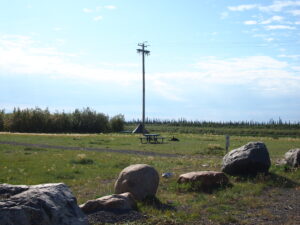
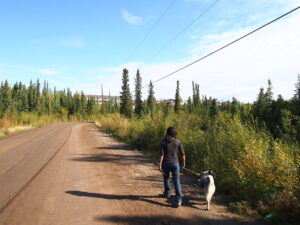
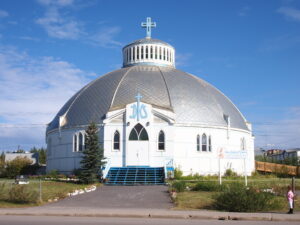
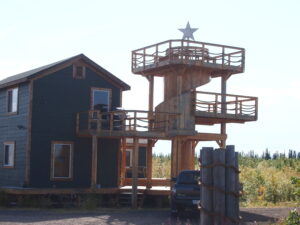
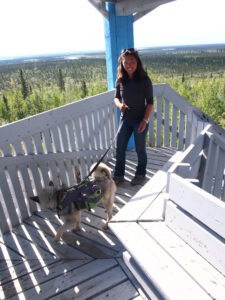
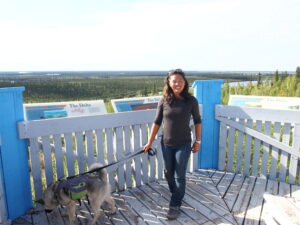
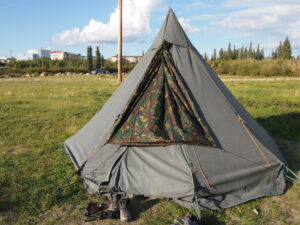
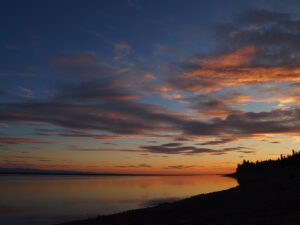
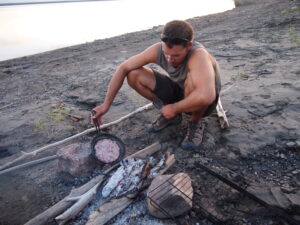
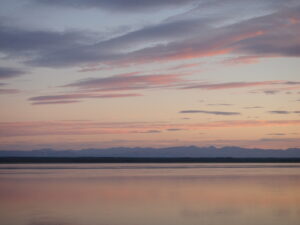
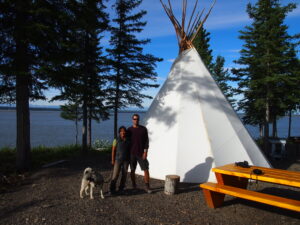
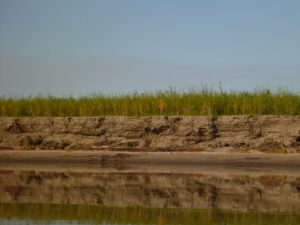
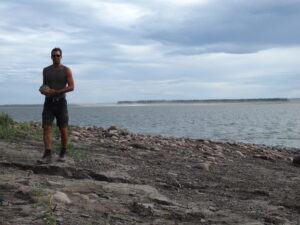
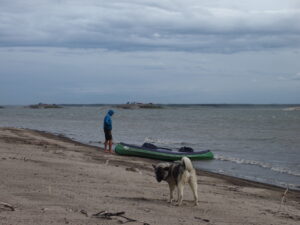
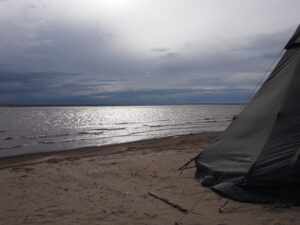
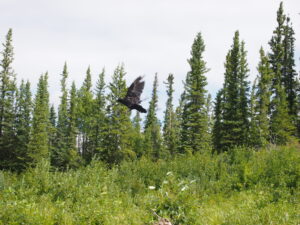
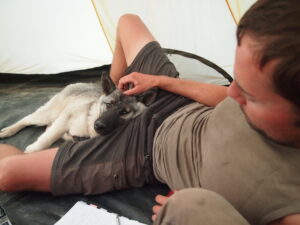
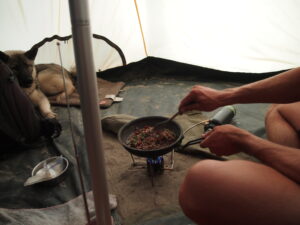
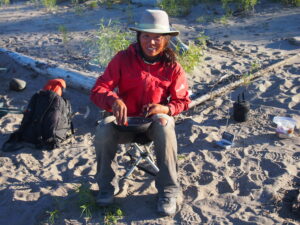
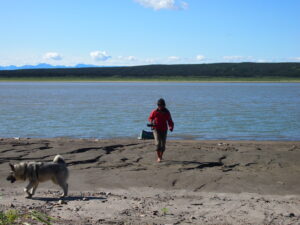
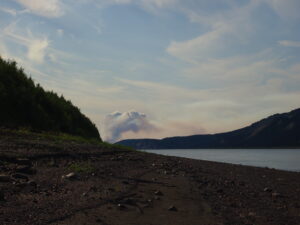
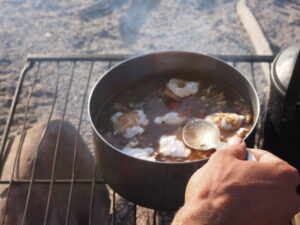
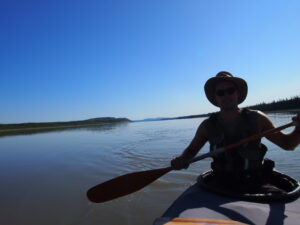
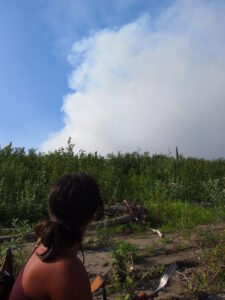
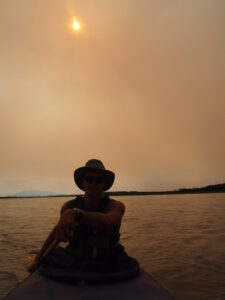
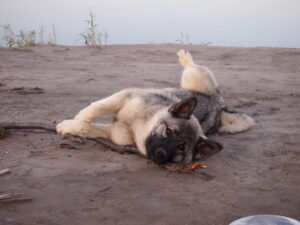
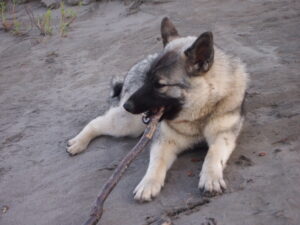
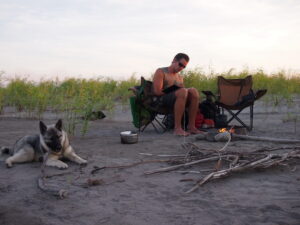
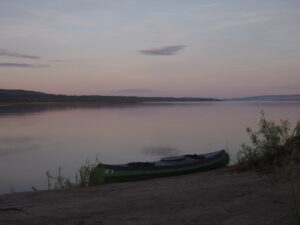
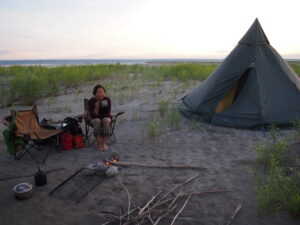
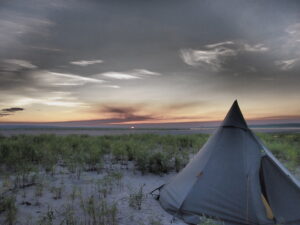
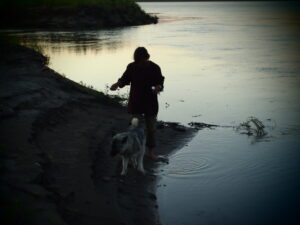
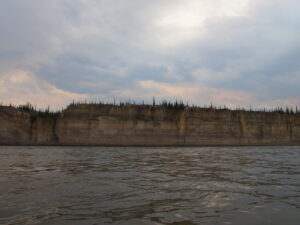
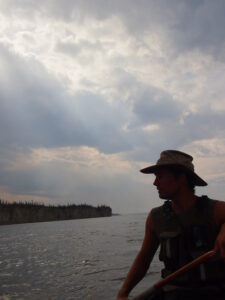
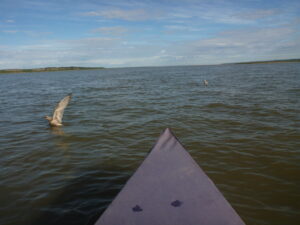
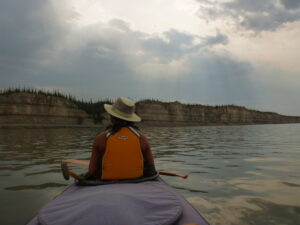
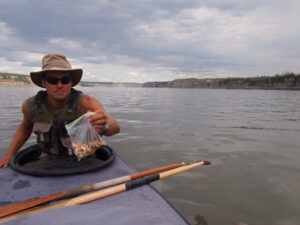
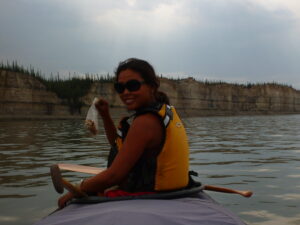
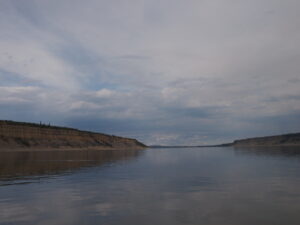
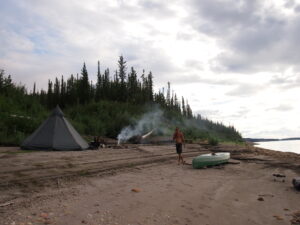
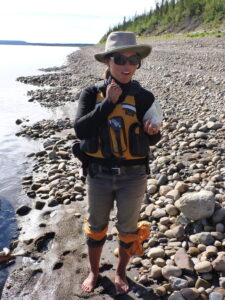
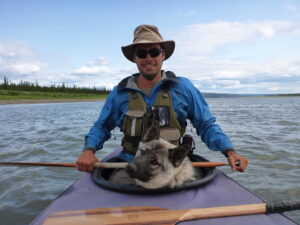
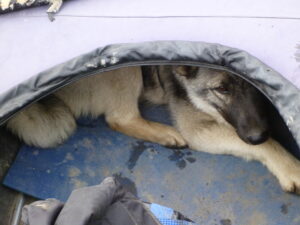
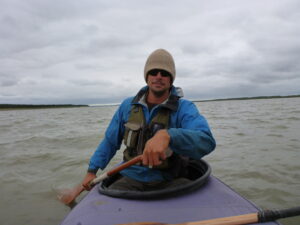
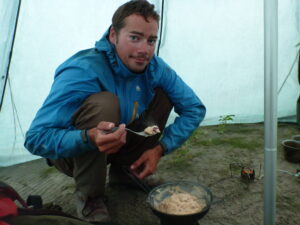
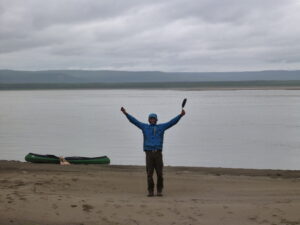
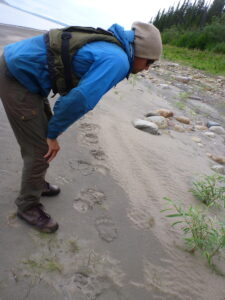
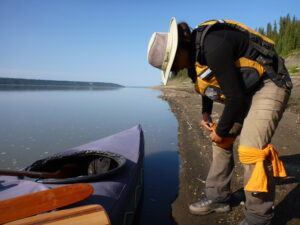
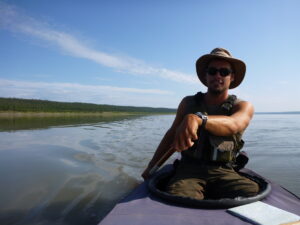
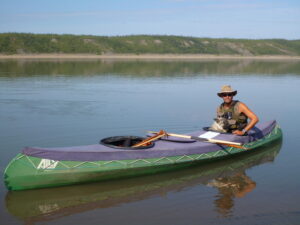
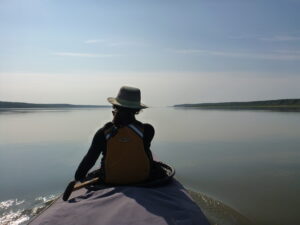
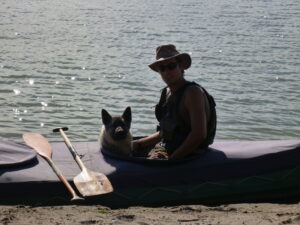
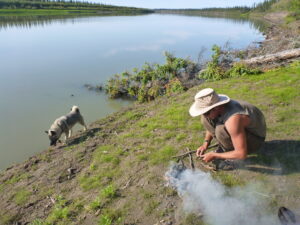
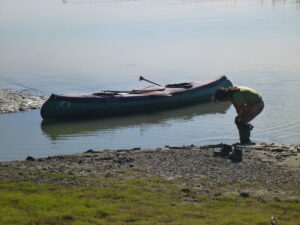
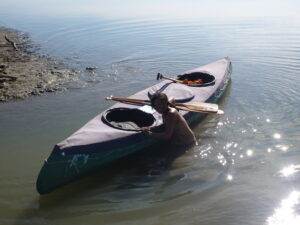
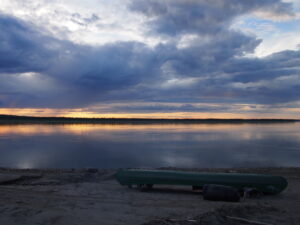
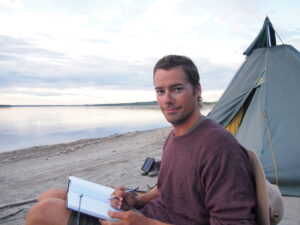
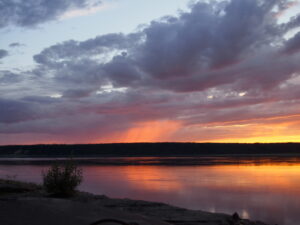
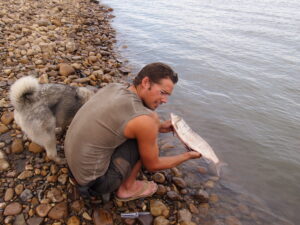
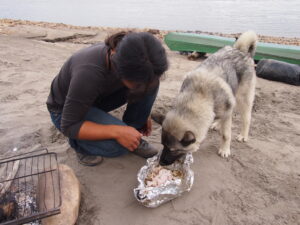
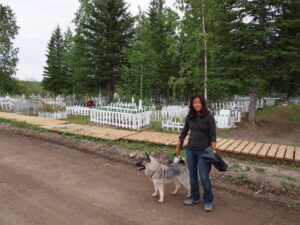
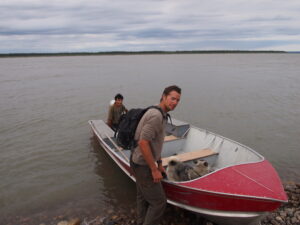
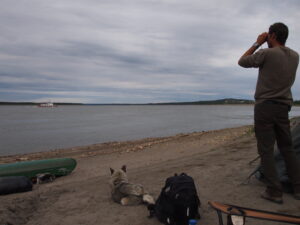
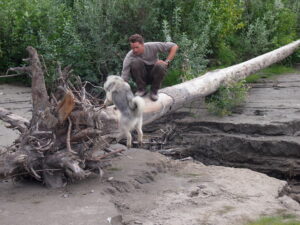
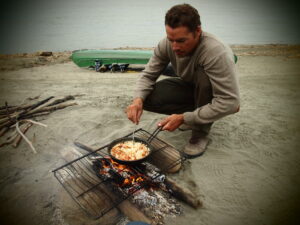
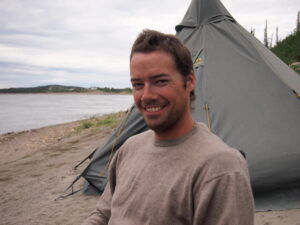
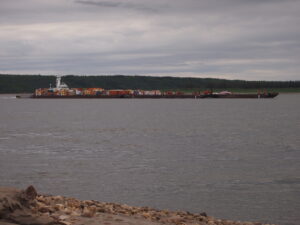
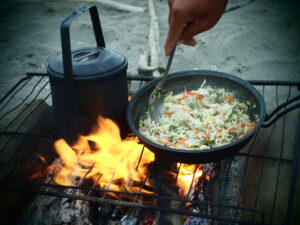
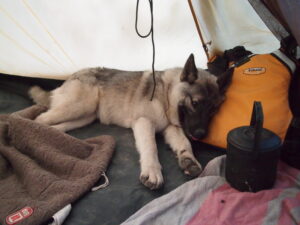
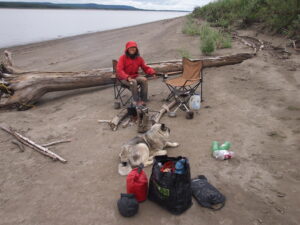
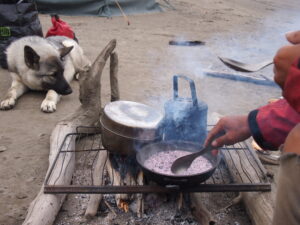
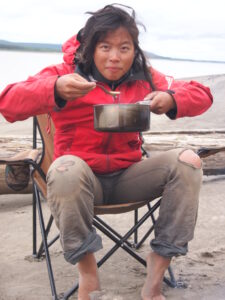
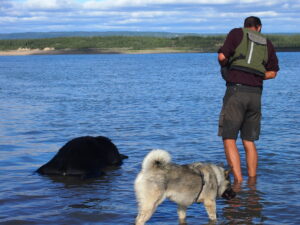
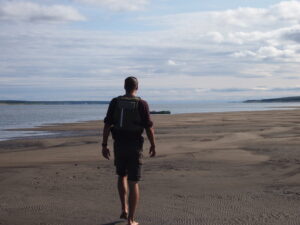
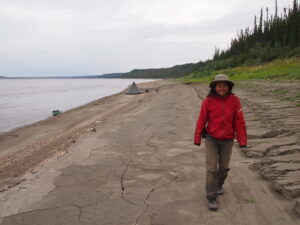
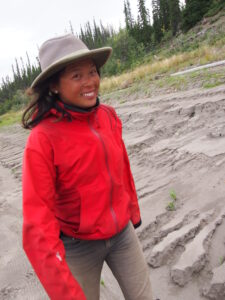
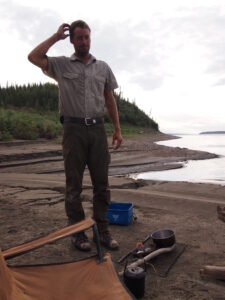
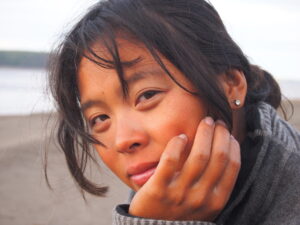
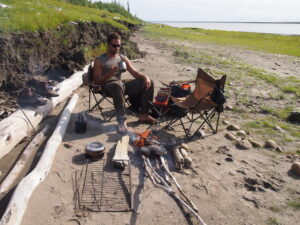
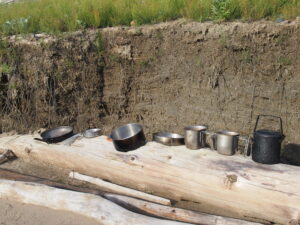
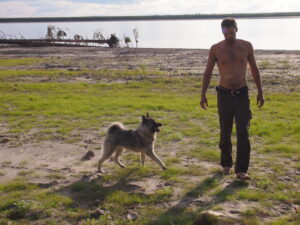
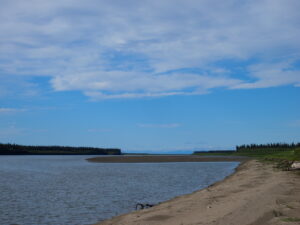
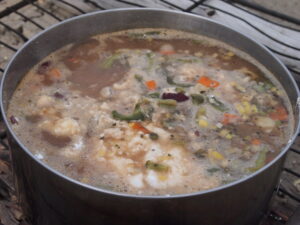
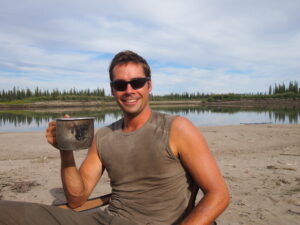
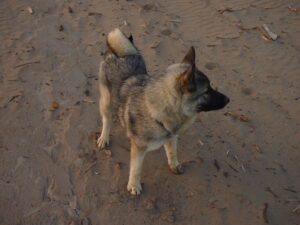
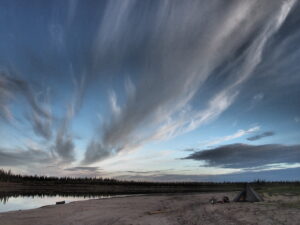
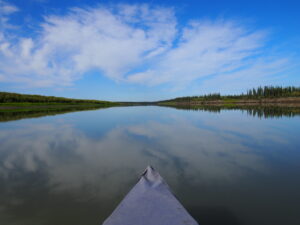
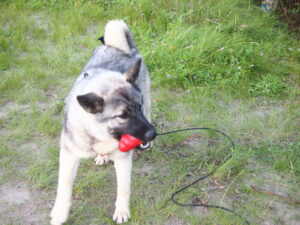
Can’t believe how well you are doing and so close to the end – best of luck for the final part of your ‘paddling’ journey!!
Way to go guys!!!! Great that you’re en route to Tuk as I write this on the 25th – you should soon be there. Interesting to read of your experiences with San Sault and The Ramparts. All well in Norman Wells – haven’t been many more paddlers after you guys, but a few Canol Trail bikers and hikers. All the best and please stay in touch 🙂
Awesome blog! I have sent mail to your facebook.